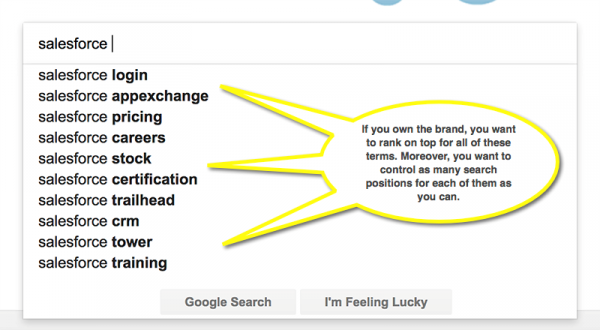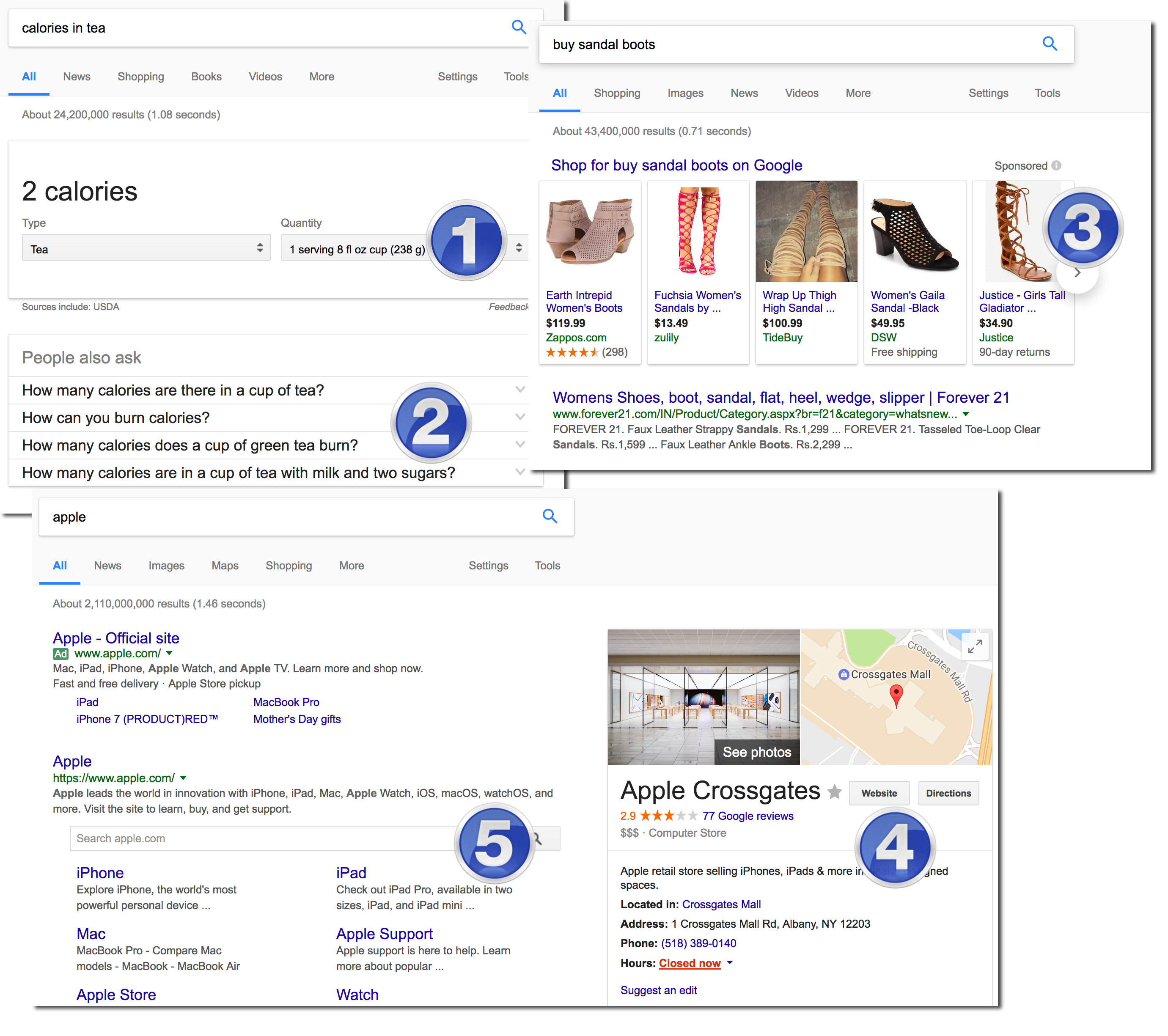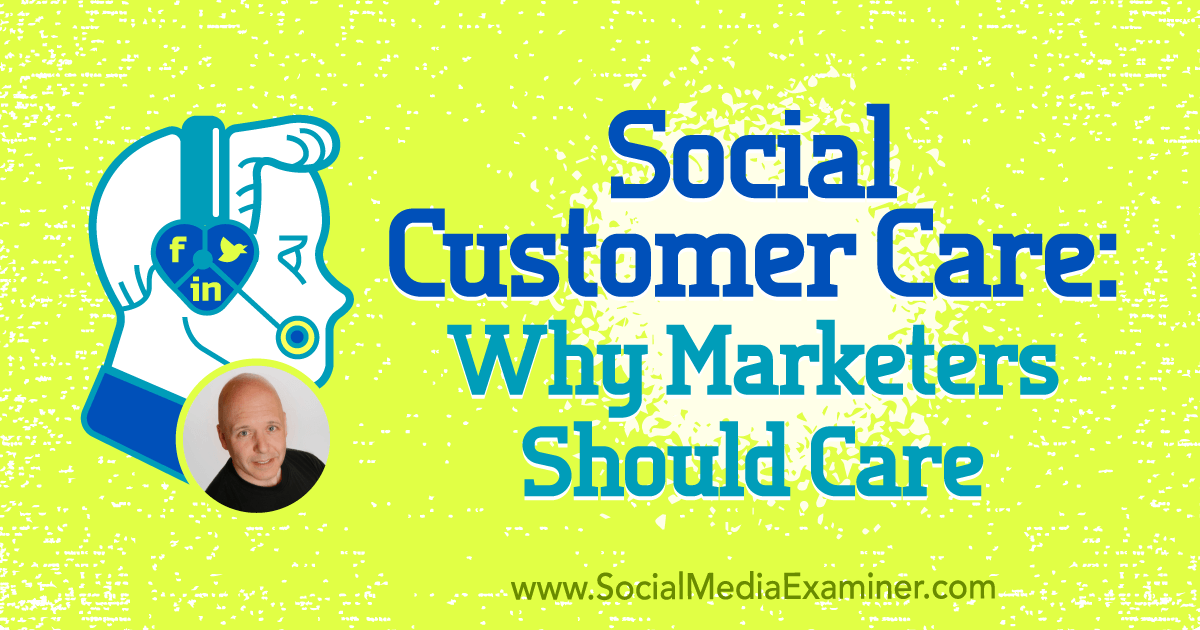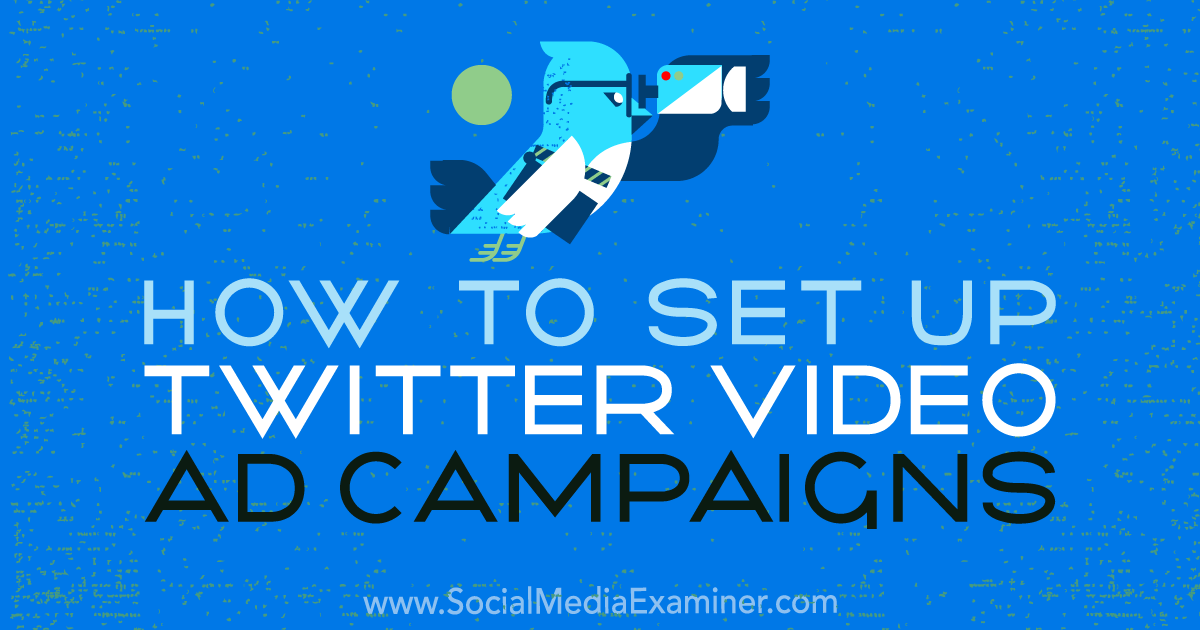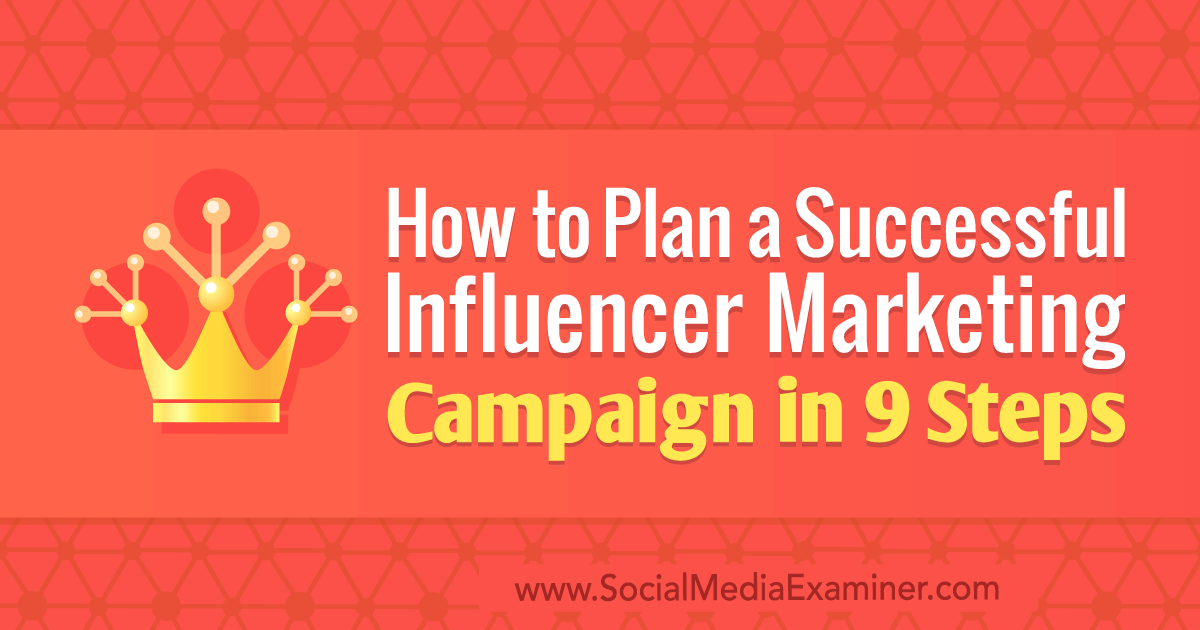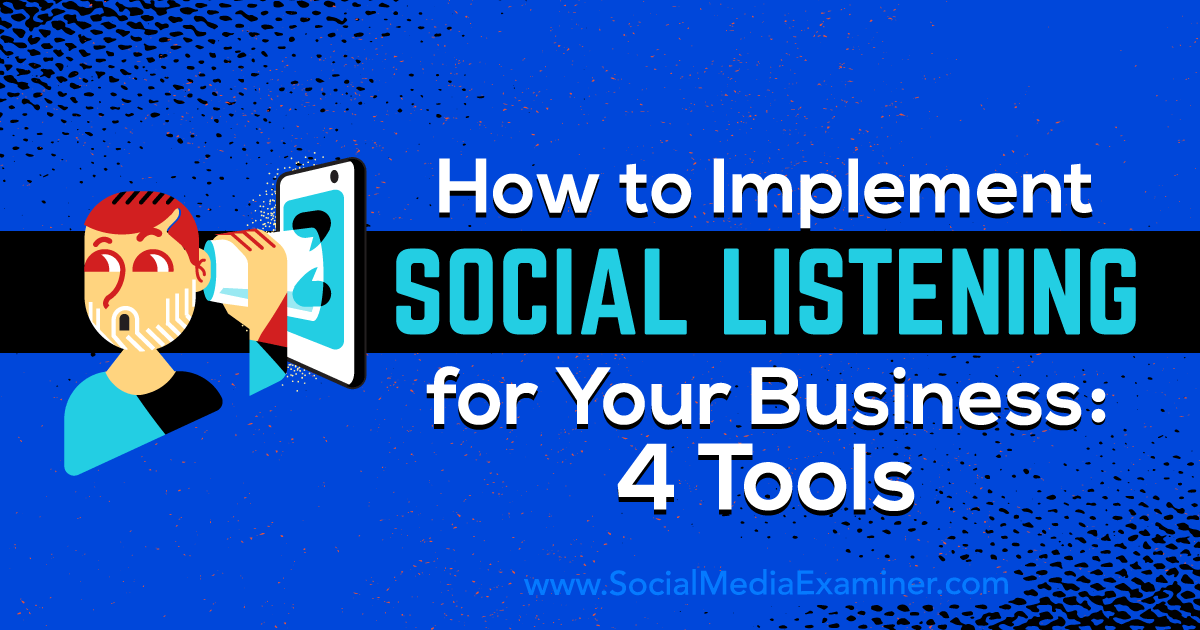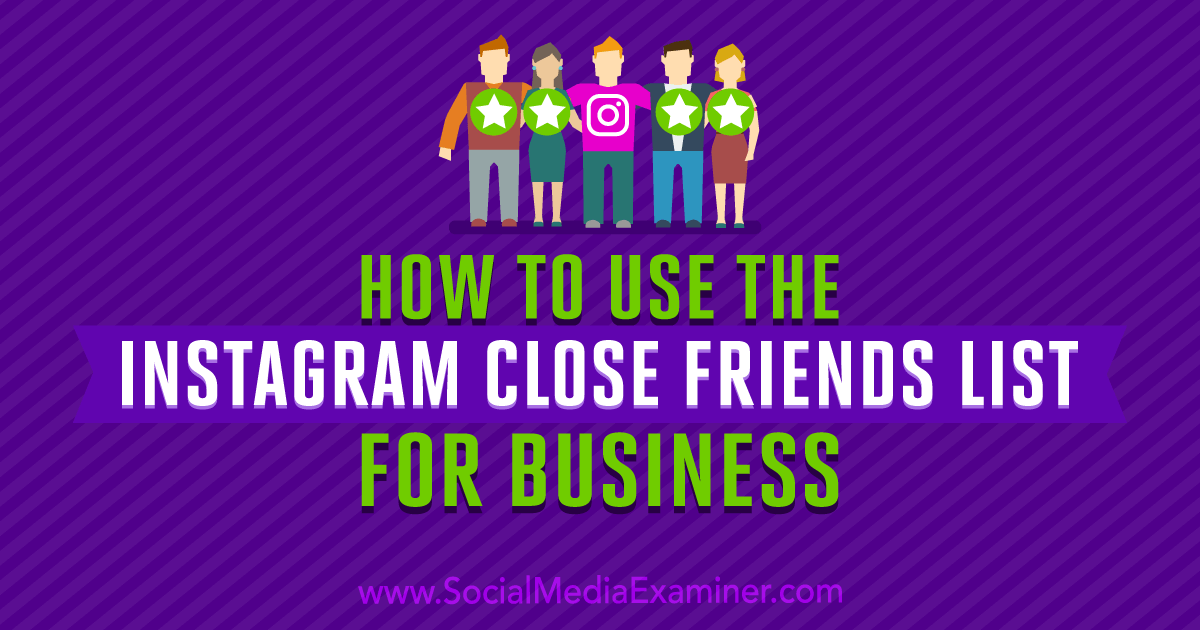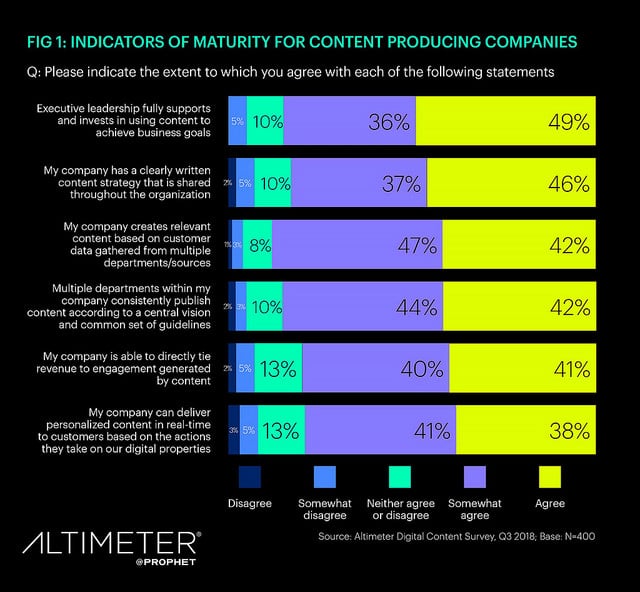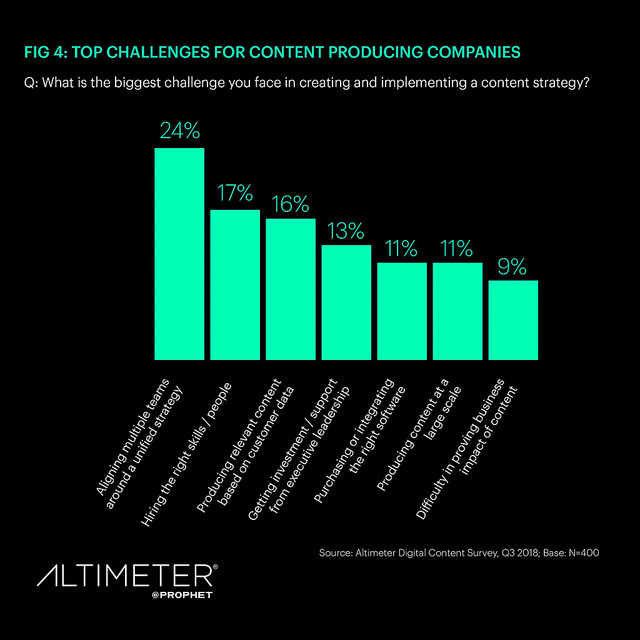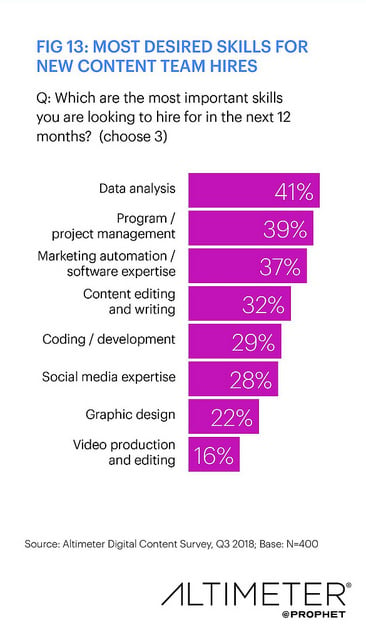Posted by KameronJenkins
What is it you do again?
It's a question every SEO has had to answer at some point, whether to your family members over the holidays or to the developer who will eventually implement your suggestions. If you don't have a solid elevator pitch for describing your job, this is the Whiteboard Friday for you! Learn how to craft a concise, succinct description of life as an SEO without jargon, policing, or acting like a superhero.

Click on the whiteboard image above to open a high-resolution version in a new tab!
Video Transcription
Hey guys, welcome to this week's edition of Whiteboard Friday. My name is Kameron Jenkins, and I work here at Moz. Today we're going to be talking about creating an SEO elevator pitch, what is it, why we need one, and what kind of prompted this whole idea for an SEO elevator pitch.
So essentially, a couple of weeks ago, I was on Twitter and I saw John Mueller. He tweeted, "Hey, I meet with a lot of developers, and a lot of times they don't really know what SEOs do." He was genuinely asking. He was asking, "Hey, SEO community, how do you describe what you do?" I'm scrolling through, and I'm seeing a lot of different answers, and all of them I'm resonating with.
They're all things that I would probably say myself. But it's just interesting how many different answers there were to the question, "What do SEOs do and what value do they provide?" So I kind of thought to myself, "Why is that? Why do we have so many different explanations for what SEO is and what we do?" So I thought about it, and I thought that it might be a good idea for myself and maybe other SEOs if you don't already have an elevator pitch ready.
What is an SEO elevator pitch?

Now, if you're not familiar with the concept of an elevator pitch, it's basically — I have a definition here — a succinct and persuasive speech that communicates your unique value as an SEO. It's called an elevator pitch essentially because it should take about the length of time it takes to ride the elevator with someone. So you want to be able to quickly and concisely answer someone's question when they ask you, "Oh, SEO, what is that?I think I've heard of that before. What do you do?"
Why is this so hard?
So let's dive right in. So I mentioned, in the beginning, how there are so many different answers to this "what do you say you do here" type question. I think it's hard to kind of come up with a concise explanation for a few different reasons. So I wanted to dive into that a little bit first.
1. Lots of specialties within SEO
So number one, there are lots of specialties within SEO.
As the industry has advanced over the last two plus decades, it has become very diverse, and there are lots of different facets in SEO. I found myself on quite a rabbit trail. I was on LinkedIn and I was kind of browsing SEO job descriptions. I wanted to see basically: What is it that people are looking for in an SEO?
How do they describe it? What are the characteristics? So basically, I found a lot of different things, but I found a few themes that emerged. So there are your content-focused SEOs, and those are people that are your keyword research aficionados. There are the people that write search engine optimized content to drive traffic to your website. You have your link builders, people that focus almost exclusively on that.
You have your local SEOs, and you have your analysts. You have your tech SEOs, people that either work on a dev team or closely with a dev team. So I think that's okay though. There are lots of different facets within SEO, and I think that's awesome. That's, to me, a sign of maturity in our industry. So when there are a lot of different specialties within SEO, I think it's right and good for all of our elevator pitches to differ.
So if you have a specialty within SEO, it can be different. It should kind of cater toward the unique brand of SEO that you do, and that's okay.
2. Different audiences
Number two, there are different audiences. We're not always going to be talking to the same kind of person. So maybe you're talking to your boss or a client. To me, those are more revenue-focused conversations.
They want to know: What's the value of what you do? How does it affect my bottom line? How does it help me run my business and stay afloat and stay profitable? If you're talking to a developer, that's going to be a slightly different conversation. So I think it's okay if we kind of tweak our elevator pitch to make it a little bit more palatable for the people that we're talking to.
3. Algorithm maturity
Three, why this is hard is there's been, obviously, a lot of changes all the time in the algorithm, and as it matures, it's going to look like the SEO's job is completely different than last year just because the algorithm keeps maturing and it looks like our jobs are changing all the time. So I think that's a reality that we have to live with, but I still think it's important, even though things are changing all the time, to have a baseline kind of pitch that we give people when they ask us what it is we do.
So that's why it's hard. That's what your elevator pitch is.
My elevator pitch: SEO is marketing, with search engines
Then, by way of example, I thought I'd just give you my SEO elevator pitch. Maybe it will spark your creativity. Maybe it will give you some ideas. Maybe you already have one, and that's okay. But the point is not to use mine.
The point is essentially to kind of take you through what mine looks like, hopefully get your creative juices flowing, and you can create your own. So let's dive right into my pitch.
So my pitch is SEO is marketing, just with search engines. So we have the funnel here — awareness, consideration, and decision.
Awareness: Rank and attract clicks for informational queries.
First of all, I think it's important to note that SEO can help you rank and attract clicks for informational queries.

Consideration: Rank and attract clicks for evaluation queries.
So when your audience is searching for information, they want to solve their pain points, they're not ready to buy, they're just searching, we're meeting them there with content that brings them to the site, informs them, and now they're familiar with our brand. Those are great assisted conversions. Rank and attract clicks for evaluation queries. When your audience is starting to compare their options, you want to be there. You want to meet them there, and we can do that with SEO.
Decision: Rank, attract clicks, and promote conversion for bottom-funnel queries
At the decision phase, you can rank and attract clicks and kind of promote conversions for bottom of funnel queries. When people are in their "I want to buy" stage, SEO can meet them there. So I think it's important to realize that SEO isn't kind of like a cost center and not a profit center. It's not like a bottom of funnel thing. I've heard that in a lot of places, and I think it's just important to kind of draw attention to the fact that SEO is integrated throughout your marketing funnel. It's not relegated to one stage or another.
But how?
We talked about rank and attract clicks and promote conversions. But how do we do that? That's the what it does.
But how do we do it? So this is how I explain it. I think really, for me, there are two sides to the SEO's coin. We have driving, and we have supporting.
1. Driving
So on the driving side, I would say something like this. When someone searches a phrase or a keyword in Google, I make sure the business' website shows up in the non-ad results. That's important because a lot of people are like, "Oh, do you bid on keywords?"
We're like, "No, no, that's PPC." So I always just throw in "non-ad" because people understand that. So I do that through content that answers people's questions, links that help search engines find my content and show signs of authority and popularity of my content, and accessibility. So that's kind of your technical foundation.
You're making sure that your website is crawlable and it that it's index the way that you want it to be indexed. When people get there, it works. It works on mobile and on desktop. It's fast. So I think these are really the three big pillars of driving SEO — content, links, and making sure your website is technically sound. So that's how I describe the driving, the proactive side of SEO.
2. Supporting
Then two, we have supporting, and I think this is kind of an underrated or maybe it's often seen as kind of an interruption to our jobs.
But I think it's important to actually call it what it is. It's a big part of what we do. So I think we should embrace it as SEOs.
A. Be the Google Magic 8-ball
For one, we can serve as the Google Magic 8-Ball. When people come to us in our organization and they say, "Hey, I'm going to make this change, or I'm thinking about making this change.Is this going to be good or bad for SEO?"
I think it's great that people are asking that question. Always be available and always make yourself ready to answer those types of questions for people. So I think on the reactionary side we can be that kind of person that helps guide people and understand what is going to affect your organic search presence.
B. Assist marketing
Two, we can assist marketing. So on this side of the coin, we're driving.
We can drive our own marketing strategies. As SEOs, we can see how SEO can drive all phases of the funnel. But I think it's important to note that we're not the only people in our organization. Often SEOs maybe they don't even live in the marketing department. Maybe they do and they report to a marketing lead. There are other initiatives that your marketing lead could be investigating.
Maybe they say, "Hey, we've just done some market research, and here's this plan." It could be our job as SEOs to take that plan, take that strategy and translate it into something digital. I think that's a really important value that SEOs can add. We can actually assist marketing as well as drive our own efforts.
C. Fix mistakes
Then number three here, I know this is another one that kind of makes people cringe, but we are here to fix mistakes when they happen and train people so that they don't happen again. So maybe we come in on a Monday morning and we're ready to face the week, and we see that traffic has taken a nosedive or something. We go, "Oh, no," and we dive in.
We try to see what happened. But I think that's really important. It's our job or it's part of our job to kind of dive in, diagnose what happened, and not only that but support and be there to help fix it or guide the fixes, and then train and educate and make sure that people know what it is that happened and how it shouldn't happen again.
You're there to help train them and guide them. I think that's another really important way that we can support as SEOs. So that's essentially how I describe it.
3 tips for coming up with your own pitch
Before I go, I just wanted to mention some tips when you're coming up with your own SEO elevator pitch. I think it's really important to just kind of stay away from certain language when you're crafting your own "this is what I do" speech.

So the three tips I have are:
1. Stay away from jargon.
If you're giving an SEO elevator pitch, it's to people that don't know what SEO is. So try to avoid jargon. I know it's really easy as SEOs. I find myself doing it all the time. There are things that I don't think are jargon.
But then I take a couple steps back and I realize, oh yeah, that's not layman's terms. So stay away from jargon if at all possible. You're not going to benefit anyone by confusing them.
2. Avoid policing.
It can be easy as SEOs I've found and I've found myself in this trap a couple of times where we kind of act as these traffic cops that are waiting around the corner, and when people make a mistake, we're there to wag our finger at them.
So avoid any language that makes it sound like the SEOs are just the police waiting to kind of punish people for wrongdoing. We are there to help fix mistakes, but it's in a guiding and educating and supporting, kind of collaborative manner and not like a policing type of manner. Number three, I would say is kind of similar, but a little different.
3. Avoid Supermanning.
I call this Supermanning because it's the type of language that makes it sound like SEOs are here to swoop in and save the day when something goes wrong. We do. We're superheroes a lot of times. There are things that happen and thank goodness there was an SEO there to help diagnose and fix that.
But I would avoid any kind of pitch that makes it sound like your entire job is just to kind of save people. There are other people in your organization that are super smart and talented at what they do. They probably wouldn't like it if you made it sound like you were there to help them all the time. So I just think that's important to keep in mind. Don't make it seem like you're the police waiting to wag your finger at them or you're the superhero that needs to save everyone from their mistakes.
So yeah, that's my SEO elevator pitch. That's why I think it's important to have one. If you've kind of crafted your own SEO elevator pitch, I would love to hear it, and I'm sure it would be great for other SEOs to hear it as well. It's great to information share. So drop that in the comments if you feel comfortable doing that. If you don't have one, hopefully this helps. So yeah, that's it for this week's Whiteboard Friday, and come back again next week for another one.
Thanks, everybody.
Video transcription by Speechpad.com
Sign up for The Moz Top 10, a semimonthly mailer updating you on the top ten hottest pieces of SEO news, tips, and rad links uncovered by the Moz team. Think of it as your exclusive digest of stuff you don't have time to hunt down but want to read!
http://bit.ly/2VdQDyB


